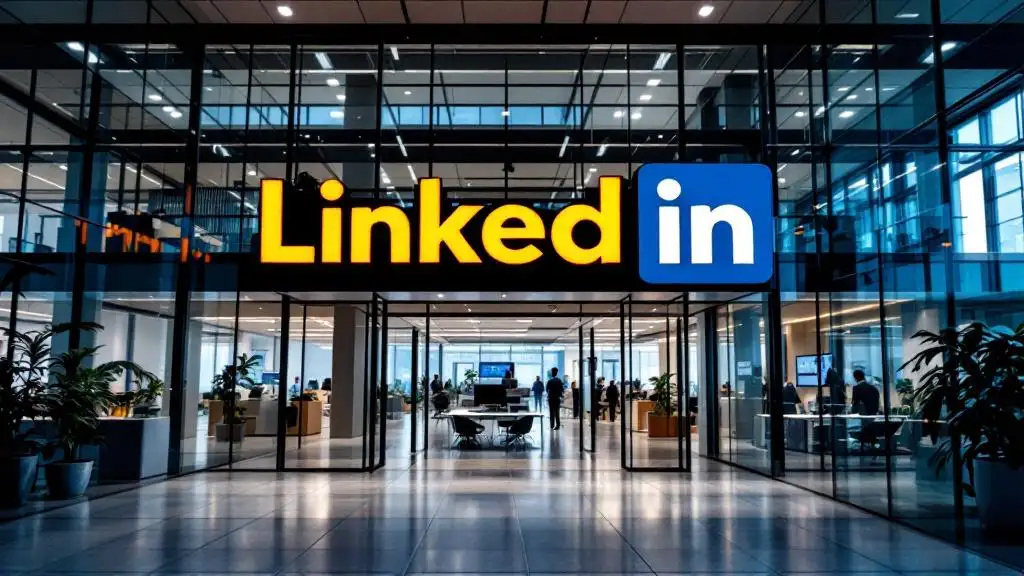Pay-Per-Click PPC Marketing for Healthcare
PPC ads can be finely targeted to focus on serving local traffic, resulting in a higher return on investment (ROI) compared to traditional print or display advertising methods.


Pay-Per-Click PPC Marketing for Healthcare
Healthcare PPC Strategies
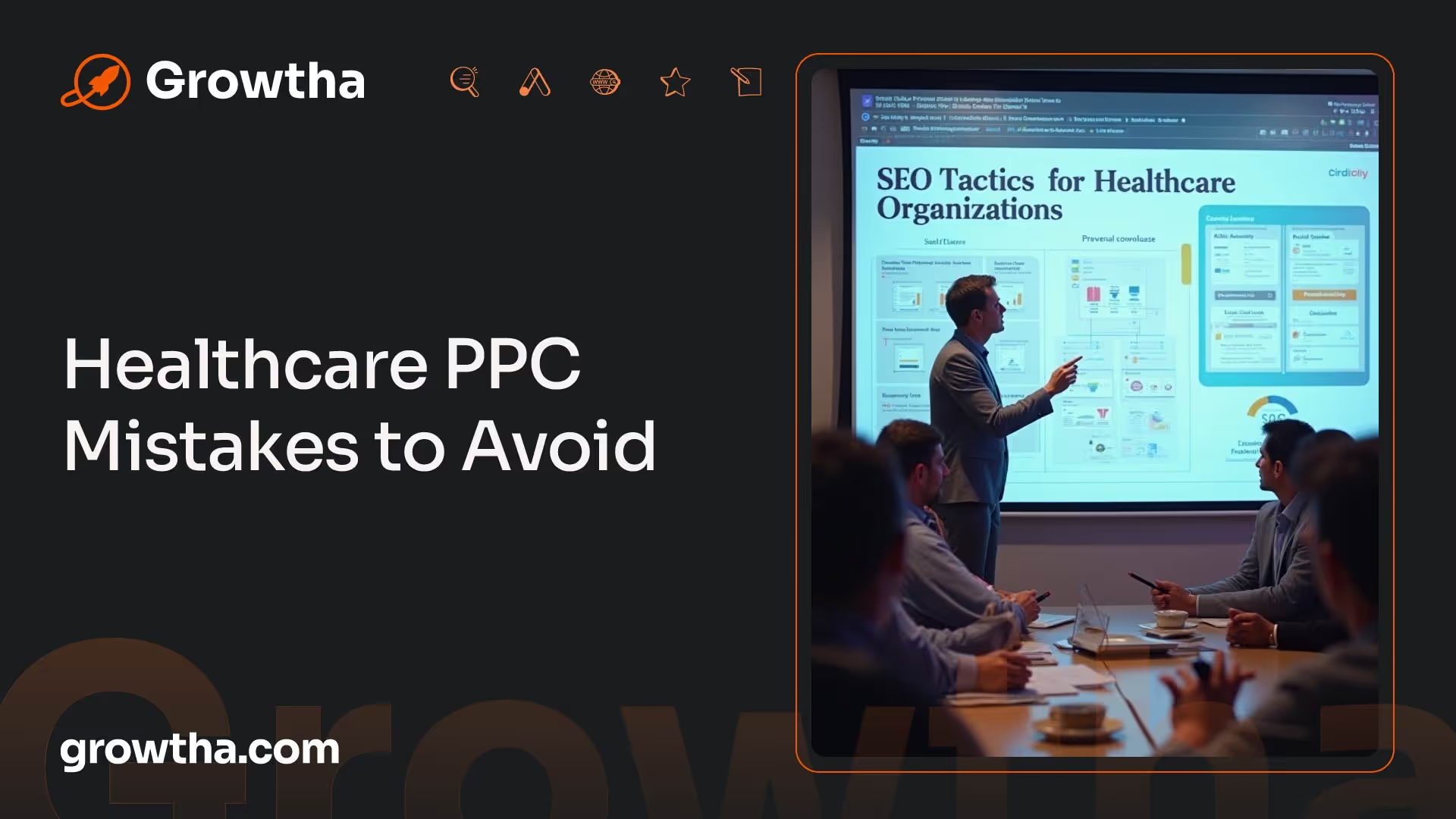
In the realm of healthcare marketing, pay-per-click (PPC) advertising is an effective strategy for reaching specific individuals who are the best fit for healthcare facilities. PPC ads can be finely targeted to focus on serving local traffic, resulting in a higher return on investment (ROI) compared to traditional print or display advertising methods [1]. To maximize the benefits of healthcare PPC, two key strategies should be considered: targeted audience segmentation and customized landing pages.
Targeted Audience Segmentation
Targeting the right audience is crucial in healthcare PPC advertising to ensure that irrelevant visitors are not attracted to the practice, thereby not generating revenue. A common mistake to avoid is using broad keyword match types, which can lead to ads appearing for searches that do not align with the searcher's intent [2]. By employing targeted audience segmentation, healthcare organizations can refine their PPC campaigns to reach individuals who are most likely to convert into patients.
Segmentation can be achieved by considering various factors such as demographics, geographic location, interests, and search behavior. By utilizing these parameters, healthcare providers can tailor their PPC ads to speak directly to their target audience. For example, a pediatric clinic can segment their audience by age and location to target parents in a specific area. This level of specificity ensures that the PPC ads are shown to individuals who are more likely to have a genuine interest in the services provided.
Customized Landing Pages
Once the target audience has been identified, directing paid traffic to relevant and customized landing pages is crucial for healthcare PPC success. Sending visitors to a generic homepage can result in campaign underperformance, as it may not align with the specific content of the ad. By creating dedicated landing pages for each PPC campaign, healthcare organizations can provide a seamless user experience and increase the chances of conversion.
Customized landing pages allow healthcare providers to align the messaging, visuals, and call-to-action of the PPC ad with the content on the landing page. For example, if a PPC ad promotes a special offer for a specific service, the landing page should provide detailed information about that service and prominently display the offer. This consistency and relevance between the ad and landing page enhance the user experience and increase the likelihood of converting visitors into patients.
In summary, targeted audience segmentation and customized landing pages are essential components of an effective healthcare PPC strategy. By refining the target audience and directing visitors to relevant landing pages, healthcare organizations can optimize their PPC campaigns to attract the right patients and drive measurable results.
Healthcare PPC Mistakes to Avoid
When implementing a healthcare PPC (pay-per-click) campaign, it's crucial to avoid common mistakes that can hinder the effectiveness of your advertising efforts. In this section, we will discuss two key mistakes to avoid: broad keyword matches and ineffective geo-targeting.
Broad Keyword Matches
One common mistake in healthcare PPC advertising is utilizing broad keyword match types. While it may seem beneficial to cast a wide net and capture a larger audience, this approach often results in ads appearing for searches that do not align with the searcher's intent. This can lead to irrelevant visitors being attracted to your practice's website, ultimately not generating revenue.
To ensure the success of your healthcare PPC campaign, it's important to focus on targeted audience segmentation. By utilizing more specific keyword match types, such as phrase match or exact match, you can refine your audience and reach those who are actively searching for the services or information you provide. This helps to increase the likelihood of attracting potential patients who are genuinely interested in your offerings.
Ineffective Geo-Targeting
Another crucial aspect of healthcare PPC campaigns is effective geo-targeting. Geography plays a significant role in medical choices, and tailoring your messaging and demographic targeting based on location can significantly enhance the effectiveness of your campaign [2]. By considering proximity and the influence of location on medical decisions, you can optimize your ads to reach the right audience in the right place.
Geo-targeting can be as specific as targeting audiences in certain zip codes or radiuses around your practice location. This allows you to focus your advertising efforts on areas where you are more likely to attract potential patients. By customizing your ads based on location, you can provide a more personalized experience, increasing the relevance and impact of your PPC campaign.
Avoiding these mistakes in healthcare PPC campaigns is crucial to ensure that you make the most of your advertising budget. By targeting the right audience and optimizing your ads based on location, you can maximize the effectiveness of your campaign and drive website traffic, ultimately generating leads for your medical practice. Remember, proper PPC management and continuous monitoring are essential to refine and optimize your campaigns for the best possible results.
Read about: The Power of PPC: Optimizing Multilocation Providers in Healthcare
Tracking and Analytics in Healthcare PPC
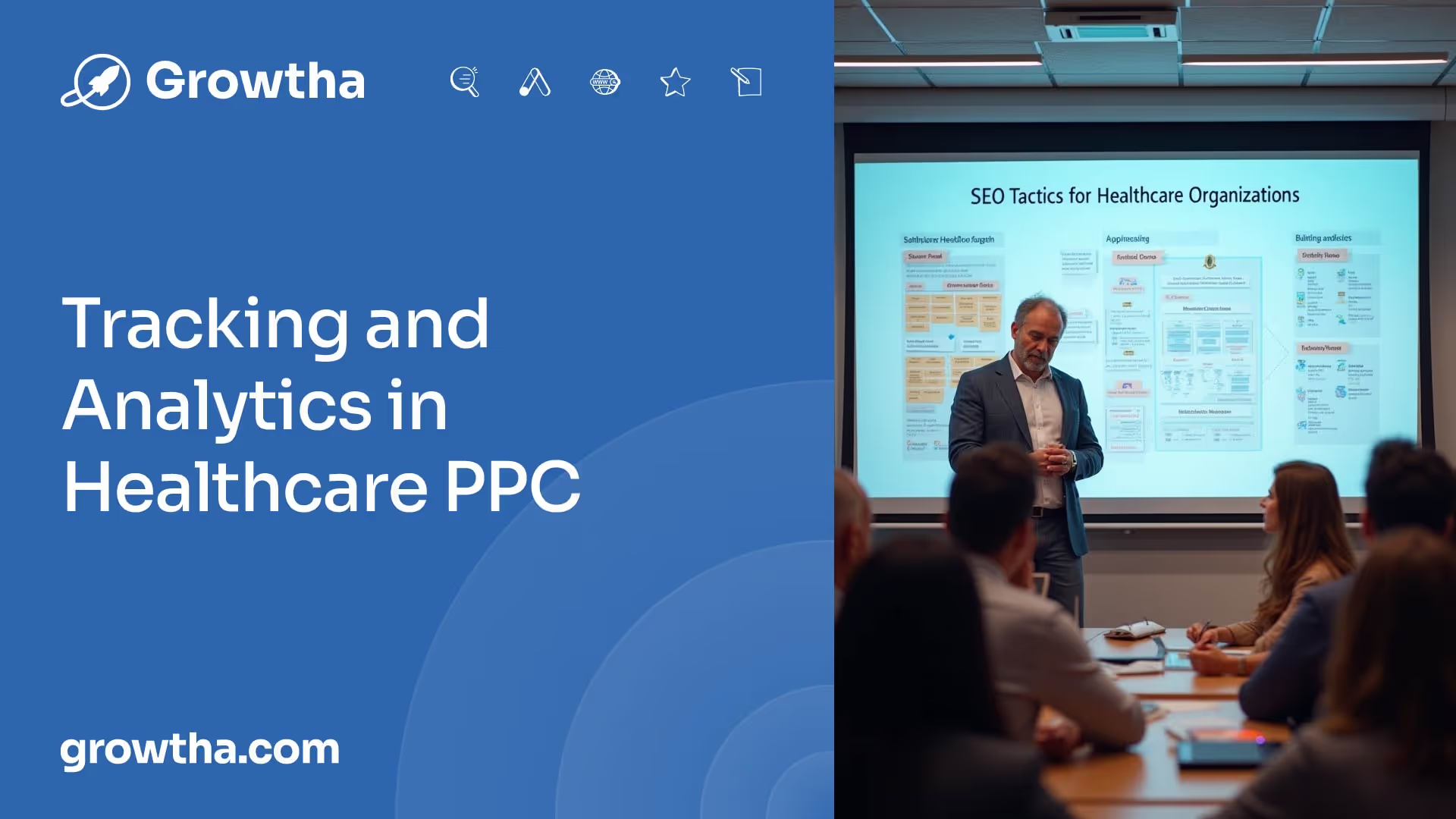
In healthcare pay-per-click (PPC) advertising, tracking and analytics play a crucial role in measuring the success and effectiveness of campaigns. By utilizing advanced tracking techniques, healthcare providers can gain valuable insights into their PPC efforts, make data-driven decisions, and maximize their return on investment (ROI).
Conversion Tracking
Conversion tracking is a fundamental aspect of PPC campaigns in the healthcare industry. It enables healthcare providers to measure the performance of their campaigns accurately. By tracking conversions, such as form submissions, appointment bookings, or downloads, healthcare providers can determine which aspects of their campaigns are successful and where improvements may be needed.
Detailed analytics provide real-time data, allowing healthcare providers to monitor the effectiveness of their advertising efforts and make necessary adjustments. This level of insight helps in fine-tuning campaigns to optimize results and allocate resources more effectively.
Call Tracking
For healthcare providers, call tracking is a vital component of PPC campaigns. It allows them to monitor new patient inquiries that come through phone calls, providing granular insights at the keyword level. By tracking calls generated from PPC ads, healthcare providers can understand which keywords and campaigns are driving the most valuable leads.
Call tracking provides valuable data, including call duration, call source, and caller demographics. This information helps healthcare providers make informed decisions about their PPC strategies and optimize their campaigns for better conversions and patient acquisition [2].
By leveraging tracking and analytics in healthcare PPC advertising, providers can gain a deeper understanding of their campaign performance. Real-time data and insights enable healthcare providers to make informed decisions, optimize targeting strategies, and refine their campaigns for maximum effectiveness.
Ensuring Success in Healthcare Marketing
In addition to tracking and analytics, measuring return on investment (ROI) is essential for healthcare marketing success. Utilizing tools such as Google Analytics, marketing automation platforms, and customer relationship management (CRM) systems, healthcare organizations can track and calculate ROI. This enables them to allocate resources effectively and make data-driven decisions for maximum impact.
Overall, the comprehensive tracking and analytics capabilities offered by PPC advertising in the healthcare industry provide healthcare providers with valuable insights. By leveraging these tools, healthcare organizations can optimize their campaigns, target specific locations and health conditions, and achieve higher click-through rates (CTR) and ROI.
Tracking and analytics are powerful tools that healthcare providers can utilize to unlock the full potential of their PPC campaigns. By continuously monitoring and analyzing campaign performance, healthcare providers can make data-driven decisions, improve targeting, and achieve optimal results in their healthcare marketing efforts.
Patient Acquisition Marketing
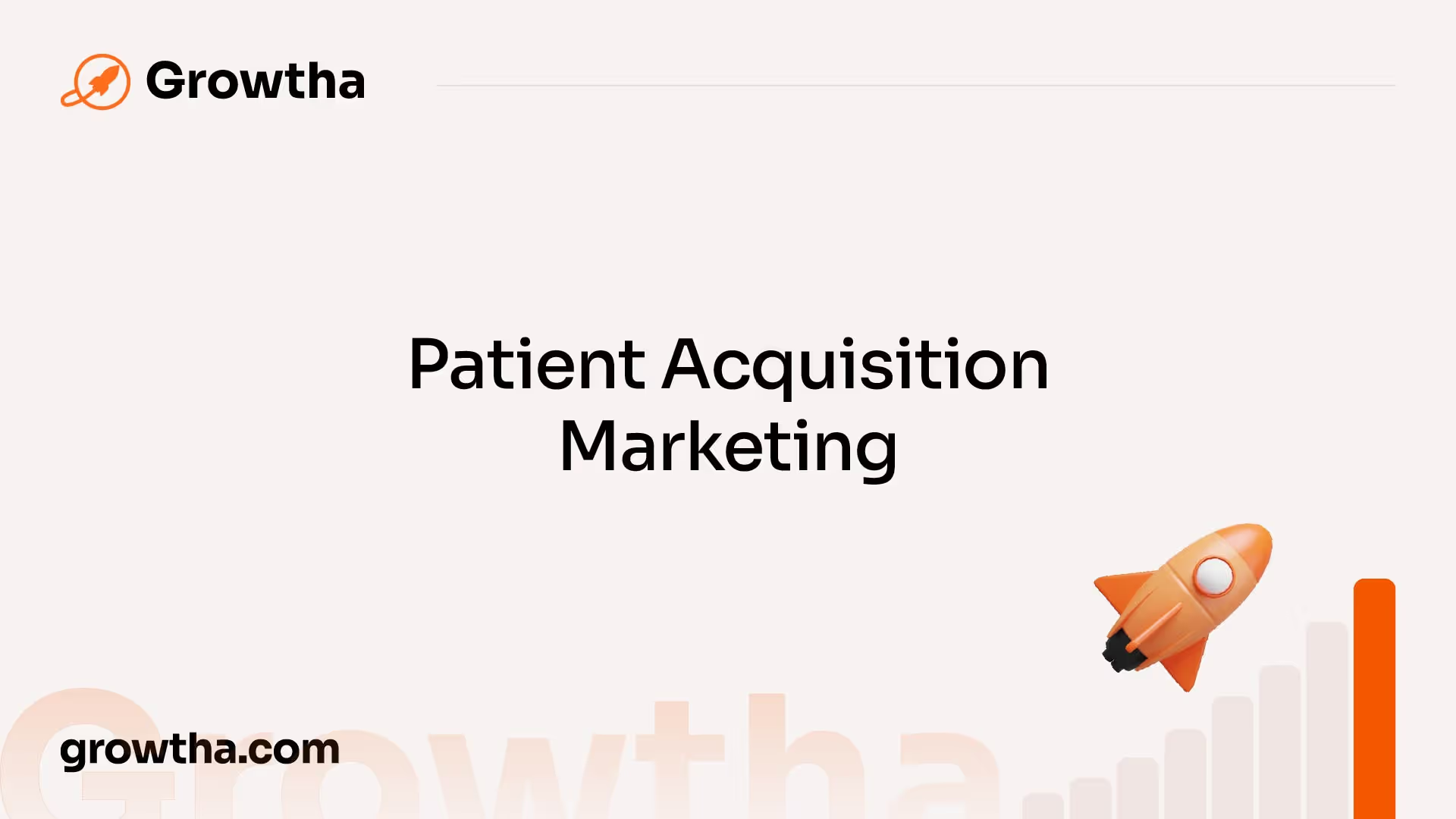
In the competitive landscape of healthcare marketing, patient acquisition strategies play a vital role in attracting new patients to clinics and hospitals. Two key components of patient acquisition marketing are persuasive messaging and local SEO optimization.
Persuasive Messaging
Persuasive messaging is a powerful tool in healthcare marketing, aiming to convince potential patients to choose a specific clinic or hospital for their healthcare needs. It involves emphasizing the exceptional features of the medical practice to create an enticing vision of what a new patient will encounter during their visit [5].
To create persuasive messaging, healthcare organizations need to understand their target audience's pain points and desires. By addressing these concerns and highlighting the unique aspects of their services, providers can differentiate themselves from competitors. This could include showcasing specialized medical expertise, state-of-the-art facilities, compassionate care, or convenient appointment scheduling.
Crafting compelling messaging requires understanding the target audience's motivations and tailoring the content to resonate with them. By focusing on the benefits and outcomes patients can expect, healthcare providers can create a strong connection and encourage them to choose their services over others.
Local SEO Optimization
Local SEO (Search Engine Optimization) is a crucial aspect of patient acquisition marketing in the healthcare industry. Many individuals tend to search for and visit healthcare providers that are in close proximity to their location. By optimizing content, business listings, and overall digital presence for local markets, healthcare organizations can effectively reach potential patients in those areas.
To optimize local SEO, healthcare providers should focus on the following strategies:
- Local keyword targeting: Research and identify relevant keywords with local intent, such as "healthcare clinic in [city]" or "family doctor near me." Incorporate these keywords naturally into website content, meta tags, and headings to increase visibility in local search results.
- Google My Business: Create and optimize a Google My Business profile, ensuring accurate and up-to-date information about the healthcare practice, including address, phone number, and business hours. Encourage patients to leave reviews, as positive reviews can boost local search rankings.
- Online directories and listings: Ensure consistent and accurate information across various online directories and listings, such as Yelp, Healthgrades, and Yellow Pages. This helps search engines recognize the credibility and relevance of the healthcare practice, improving local search visibility.
- Localized content: Create localized content that addresses the specific healthcare needs and concerns of the target local audience. This could include blog posts, articles, or videos tailored to the local community, providing valuable information and establishing the healthcare provider as a trusted resource.
By implementing persuasive messaging and local SEO optimization, healthcare providers can enhance their patient acquisition efforts and effectively reach and engage with their target audience. These strategies help create a compelling brand image and improve visibility in local search results, ultimately driving more patient conversions.
PPC Platforms for Healthcare Marketing
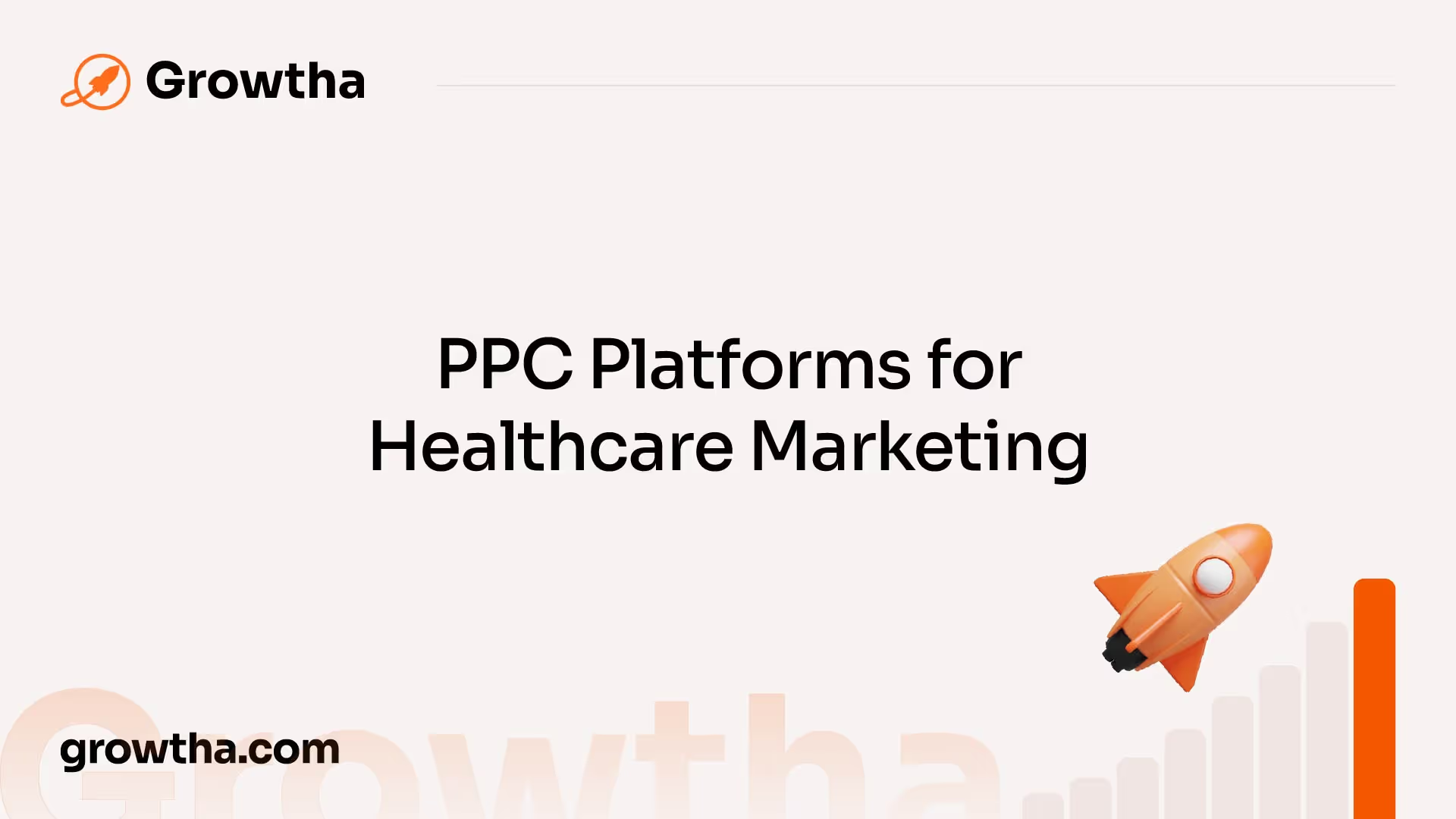
When it comes to healthcare marketing, utilizing pay-per-click (PPC) platforms can significantly boost your reach and visibility. Two prominent platforms that offer unique advantages for healthcare marketing are Google Ads and social media targeting.
Google Ads Reach
Google Ads provides unparalleled reach and precision targeting for life science and healthcare companies. With Google's expansive search network, advertisers can position themselves prominently through search ads, capturing interest from potential patients or customers. This platform allows you to target specific keywords and demographics, ensuring your ads are seen by the right audience at the right time [6].
In addition to search ads, Google Ads also offers display ads that can be strategically placed on relevant websites, reaching users who are browsing healthcare-related content. This multi-channel approach maximizes your brand's exposure and increases the likelihood of attracting potential patients or customers.
Social Media Targeting
Social media platforms such as Facebook, Instagram, LinkedIn, Twitter, and Pinterest offer unique targeting options based on demographics and user habits. These platforms provide opportunities for healthcare practices to reach a very niche target audience [7]. By tailoring your campaigns to specific demographics, interests, and behaviors, you can effectively engage with potential patients or customers in a more casual, social context.
For example, Facebook and Instagram allow you to create visually appealing ads that can capture attention and generate interest. LinkedIn, on the other hand, offers access to over 8.8 million healthcare practitioners, making it a valuable platform for targeting healthcare professionals [6]. Twitter provides a real-time platform to engage with healthcare professionals, making it ideal for sharing recent research, news, and product launches. These social media platforms provide an opportunity to build brand awareness, drive website traffic, and even generate leads.
While not exclusively a social media platform, YouTube should also be considered as part of your PPC strategy. As the second-largest search engine in the world, YouTube allows healthcare companies to present complex information in digestible video formats. This platform is particularly effective for educational content, tutorials, and testimonials, helping you connect with your target audience on a more personal level [6].
By utilizing the reach and targeting capabilities of Google Ads and social media platforms, healthcare marketers can effectively expand their online presence, attract potential patients or customers, and ultimately drive business growth. It's important to tailor your strategies to each platform's unique features and audience, ensuring that your PPC campaigns align with your overarching marketing goals.
Ensuring Success in Healthcare Marketing
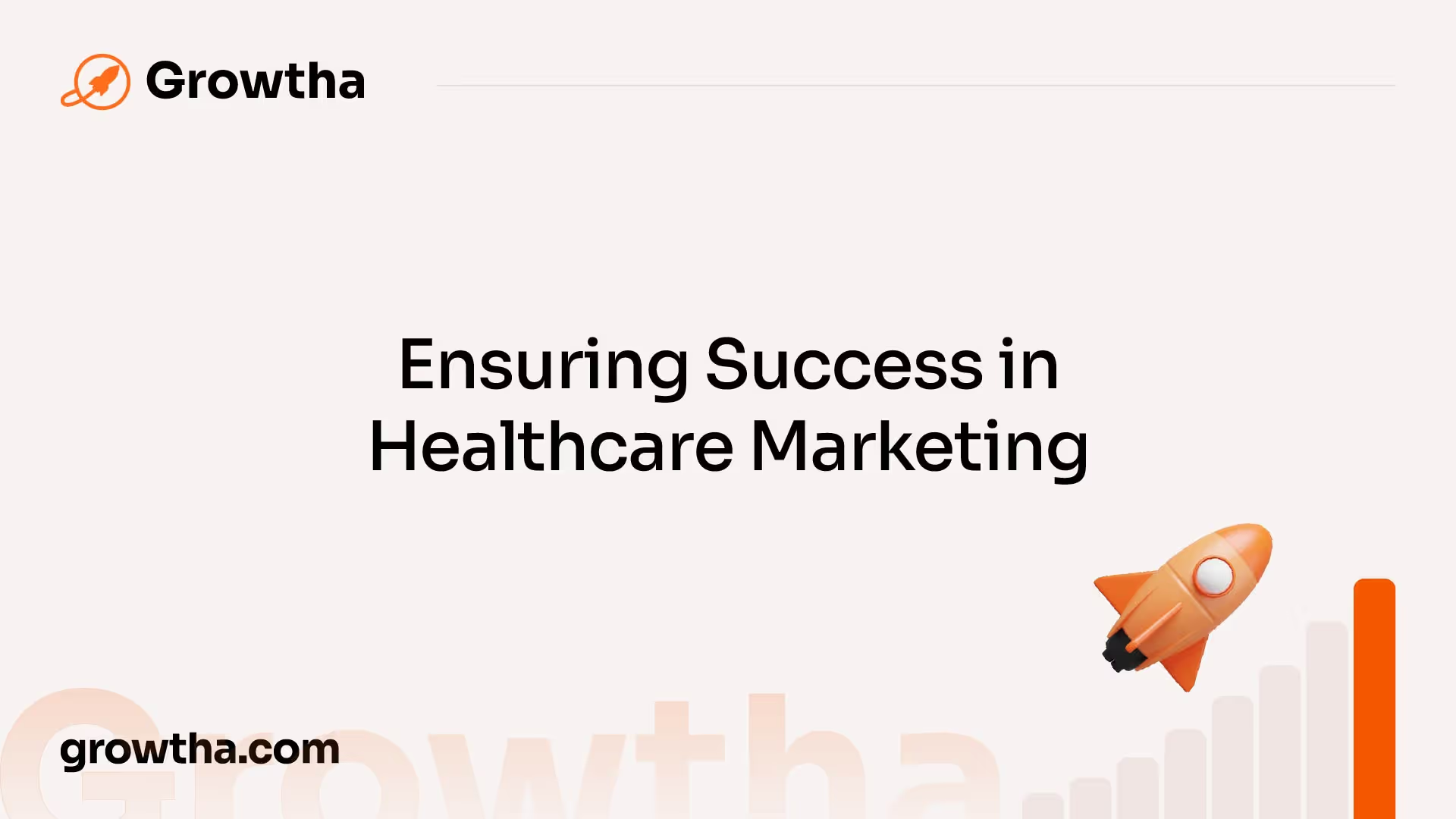
To ensure success in healthcare marketing, it's crucial to measure the return on investment (ROI) and track patient acquisition costs. These metrics provide valuable insights into the effectiveness of marketing campaigns and help guide resource allocation for maximum impact.
ROI Measurement
Measuring ROI is essential in healthcare marketing to evaluate the success and effectiveness of marketing efforts. By utilizing tools like Google Analytics, marketing automation platforms, and CRM systems, organizations can track and calculate ROI, enabling them to make informed decisions about resource allocation.
Calculating ROI involves comparing the costs of marketing campaigns to the revenue generated through patient conversions. This analysis helps identify which marketing strategies are yielding the highest returns and allows for adjustments to be made to optimize future campaigns. Neglecting to measure ROI in today's competitive landscape can be detrimental to a business's success.
Patient Acquisition Cost Tracking
Understanding the Patient Acquisition Cost (PAC) is crucial for evaluating the effectiveness of healthcare marketing campaigns. PAC refers to the cost incurred to acquire new patients through marketing efforts. By tracking PAC, organizations can determine if their marketing expenditure justifies the number of new patients acquired during a specific period.
Tracking PAC involves dividing the total marketing and advertising spend by the number of new patients acquired. This calculation provides insights into the cost-effectiveness of marketing campaigns and helps organizations make data-driven decisions regarding resource allocation for marketing activities. Monitoring and optimizing PAC allows healthcare organizations to allocate their marketing budget more efficiently and focus on strategies that yield the highest returns.
To accurately track PAC, it's important to have systems in place that capture and analyze data from various marketing channels, such as online advertising, social media campaigns, and traditional marketing efforts. This data-driven approach helps healthcare organizations make informed decisions about their marketing strategies and optimize their return on investment.
By prioritizing ROI measurement and patient acquisition cost tracking, healthcare organizations can make data-driven decisions, optimize their marketing efforts, and achieve success in reaching and engaging their target audience.
References
[1]: https://www.bluleadz.com/blog/marketing-challenges-in-healthcare-and-solutions
[2]: https://www.ams-agency.com/4-common-ppc-mistakes-medical-practices/
[3]: https://levohealth.com/measuring-the-success-of-your-healthcare-marketing-campaigns/
[4]: https://www.ihealthspot.com/blog/medical-advertising-benefits-advantages-of-paid-search/
[5]: https://www.cardinaldigitalmarketing.com/healthcare-resources/blog/patient-acquisition-marketing-strategies/
[6]: https://medicaldigitals.com/healthcare-marketing-platforms/
[7]: https://www.ihealthspot.com/blog/the-best-ppc-platforms-for-healthcare-marketing/







